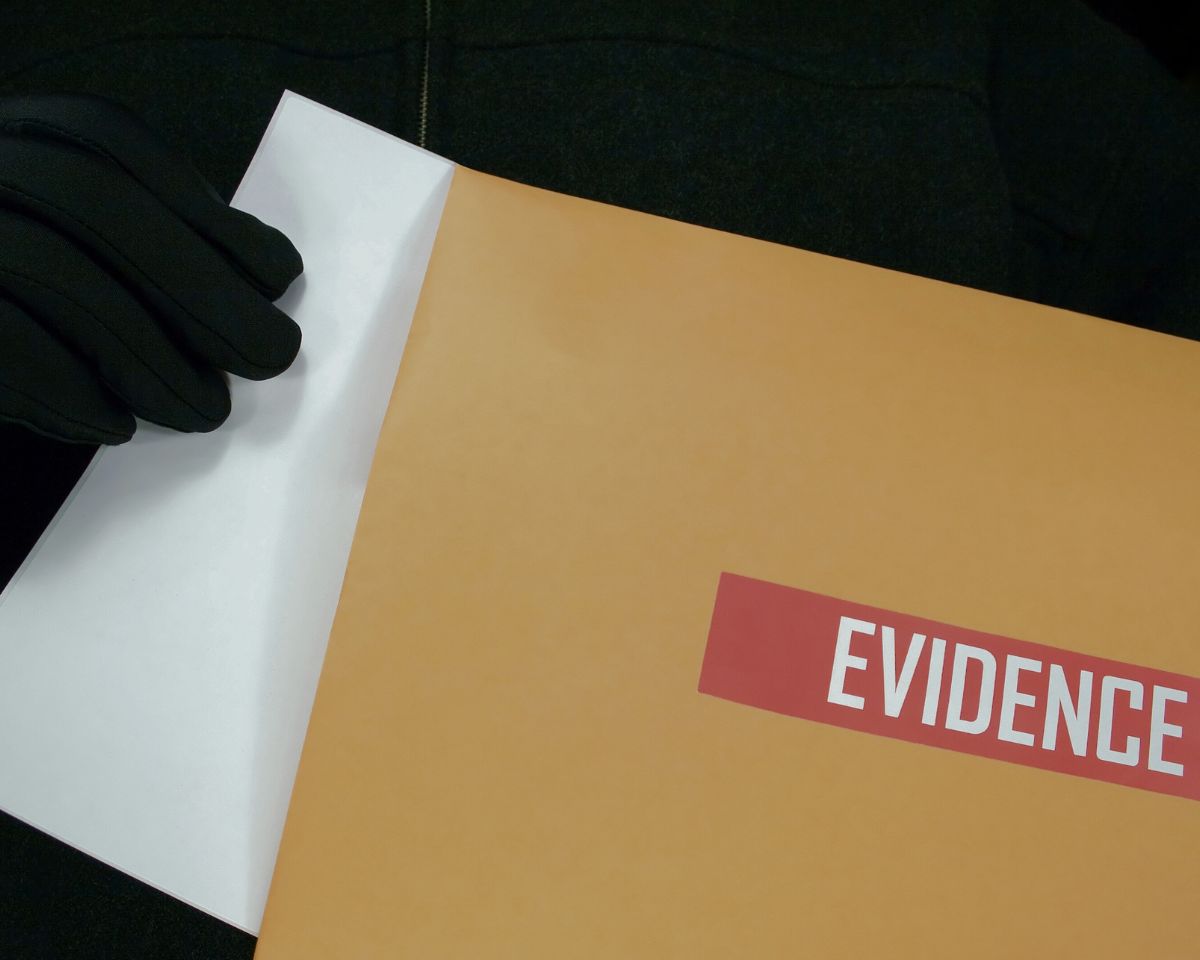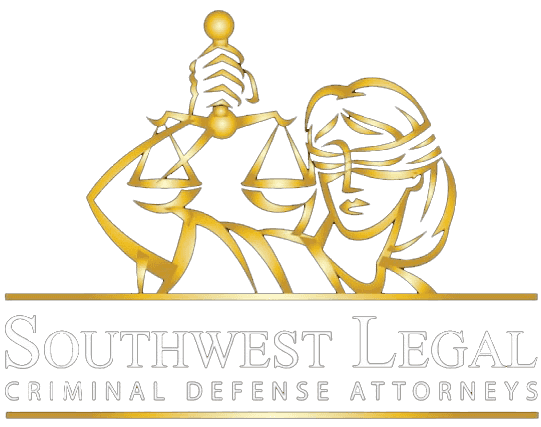When prosecutors fail to disclose evidence that could help the defense—known as a Brady violation—it erodes the foundation of a fair trial. Ruled on by the Supreme Court in Brady v. Maryland (1963), this principle requires that any favorable, material, and undisclosed evidence must be shared before trial. Failing to do so may result in wrongful convictions, ethical breaches, and appeals. This article explores seven of the most common ways Brady violations occur, how they impact justice, and what safeguards exist to prevent them.
1. Suppressing Exculpatory Witness Statements
What it means:
When a witness provides information favorable to the defendant—such as an alibi or a statement indicating innocence—prosecutors are obliged to share it. Hiding this may tilt the scales of justice unfairly.
Example:
-
The police interview a neighbor who saw the defendant miles away at the time of the crime. That exculpatory statement is omitted from the official disclosures.
Impact:
Without access to this favorable statement, the defense can’t subpoena or question that witness, and the jury may hear only incriminating accounts.
2. Concealing Physical Evidence
What it means:
Physical items that could suggest innocence—or undermine the prosecution’s case—must be preserved and disclosed. These may include weapon fragments, biological samples, clothing stains, or surveillance footage.
Example:
-
Surveillance cameras from a nearby store capture the defendant entering a store far from the crime scene during the time of the incident. Prosecutors label the footage as “lost.”
Impact:
The missing or hidden evidence could prove an alibi was valid or contradict forensic claims.
3. Hiding Forensic or Scientific Reports
What it means:
Science and forensics often hold exculpatory potential. Things like DNA reports, ballistics tests, or toxicology analyses must be fully disclosed—especially if results are inconclusive or favorable to the defense.
Example:
-
A ballistics report shows the accused’s gun couldn’t have fired the fatal bullet, but this information never reaches the defense.
Impact:
The defense remains ignorant and unable to challenge false identification of weapons or forensic errors.
4. Not Disclosing Co-defendant or Accomplice Cooperation
What it means:
If a co-defendant or accomplice testifies or agrees to cooperate with the prosecution in exchange for leniency, that arrangement must be disclosed. It may cast doubt on their reliability.
Example:
-
A minor accomplice gets immunity in exchange for testimony. The defense doesn’t learn about the deal until after cross-examination.
Impact:
Without knowing the deal existed, a jury cannot properly weigh potential bias or motive to lie in exchange for leniency.
5. Omitting Prior Inconsistent Statements by Prosecution’s Witnesses
What it means:
If there’s evidence that a prosecution witness previously said something inconsistent with their courtroom testimony—and the statement favors the defense—that must be disclosed.
Example:
-
A key witness claims they saw the defendant shoot, but earlier wrote a note saying they weren’t certain. The defense is never shown that early note.
Impact:
The jury sees only the confident courtroom version, making impeachment of credibility impossible.
6. Withholding Evidence of Police Misconduct
What it means:
Evidence showing law enforcement misconduct—such as coercion, threats, improper interrogation, racial profiling, or planting evidence—is essential defense material.
Example:
-
Body-cam video reveals officers pressured a suspect, but prosecutors claim the footage was “accidentally erased.”
Impact:
The jury never learns about tainted investigation tactics and is deprived of the full truth.
7. Failing to Share Information About Alternative Suspects
What it means:
If police have identified—or have reason to suspect—another person committed the crime, that must be disclosed.
Example:
-
A credible tip links someone else to the crime, yet prosecutors keep this under wraps.
Impact:
The prosecution effectively locks the case on the defendant, preventing the defense from exploring alternate leads.
The Stakes: Why Brady Violations Matter
1. Wrongful Convictions
Withholding evidence can lead to innocent people serving jail sentences or even facing the death penalty.
2. Erosion of Public Trust
When misconduct is revealed, it damages confidence in the legal system—especially affected communities.
3. Appeals and Case Collapses
If a Brady violation surfaces, appeals courts can overturn convictions, file retrials, or dismiss charges—sometimes after years of litigation.
4. Ethical and Career Consequences
Prosecutors and law firms may face disciplinary action, malpractice suits, or disbarment for failing ethical duties.
Legal Framework & Protections
1. Brady v. Maryland (1963)
Established that suppression of material exculpatory evidence violates due process.
2. Giglio v. United States (1972)
Extended the rule to include rewards or inducements given to witnesses in exchange for testimony.
3. Kyles v. Whitley (1995)
Ruled that suppression of multiple pieces of evidence—even in stages—can constitute a Brady violation if collectively material.
How to Prevent Brady Violations
a. Open Discovery Policies
Many states mandate early and automatic sharing of a wide scope of evidence, limiting blind spots.
b. Discovery Audits & Transparency
Courts and oversight bodies periodically review files, including adding tracking checklists.
c. Defense Vetting
Defense counsel should file motions early, requesting specific categories of evidence (e.g., “all exculpatory witness statements” or “all video and audio materials”).
d. Training for Prosecutors & Law Enforcement
Continuous education on Brady obligations—covering what to turn over and how to document decisions.
What to Do If You Suspect a Brady Violation
-
File a Request for Brady Material
Motion for discovery should clearly state what is being sought—witness statements, evidence logs, officer notes, etc. -
Investigate Independently
Investigators or private attorneys should seek out medical records, photo logs, phone records, or alternative witness statements. -
File an Evidentiary Hearing Motion
Motion for hearing to determine if Brady material was suppressed can compel the prosecution to release materials and testify in court. -
Preserve the Record
Keep copies of all correspondence, requests, and discovery replies—these are vital on appeal.
Key Takeaways
| Concept | Practical Summary |
|---|---|
| Brady Rule | Prosecutors must share evidence favorable to the defense. |
| “Material” Evidence | Anything that could change the outcome in favor of the accused. |
| Common Violations | Witness statements, exculpatory reports, alternative suspects, deals, inconsistent statements, and misconduct. |
| Defense Tools | Ask deliberately for known categories; hire investigators; hold evidentiary hearings. |
| Systemic Safeguards | Open discovery, training, courts’ oversight ensure compliance. |
If you’re facing criminal charges, it’s important to know that you have rights—one of the most critical being the right to a fair trial. When the prosecution hides evidence that could help prove your innocence, that’s called a Brady violation. Sadly, this happens more often than people think.
In this article, we’ve outlined 7 common ways prosecutors may withhold evidence, whether intentionally or not. These kinds of violations can lead to wrongful convictions, unfair plea deals, and years of lost freedom.
As a criminal defense attorney, I work to hold the prosecution accountable and ensure every piece of evidence that can help your case is brought to light. If you or a loved one has been charged with a crime and you’re concerned that something may have been hidden or mishandled, I’m here to help.
Your future is too important to leave to chance. If you have questions or need a strong defense, contact us today for a confidential consultation. Let’s talk about your rights, your case, and how we can fight for the justice you deserve.





